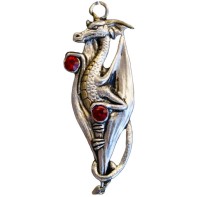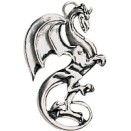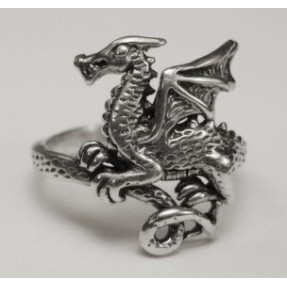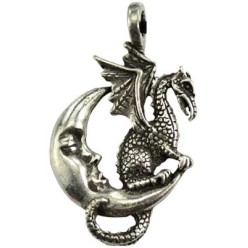Dragon Head Necklace




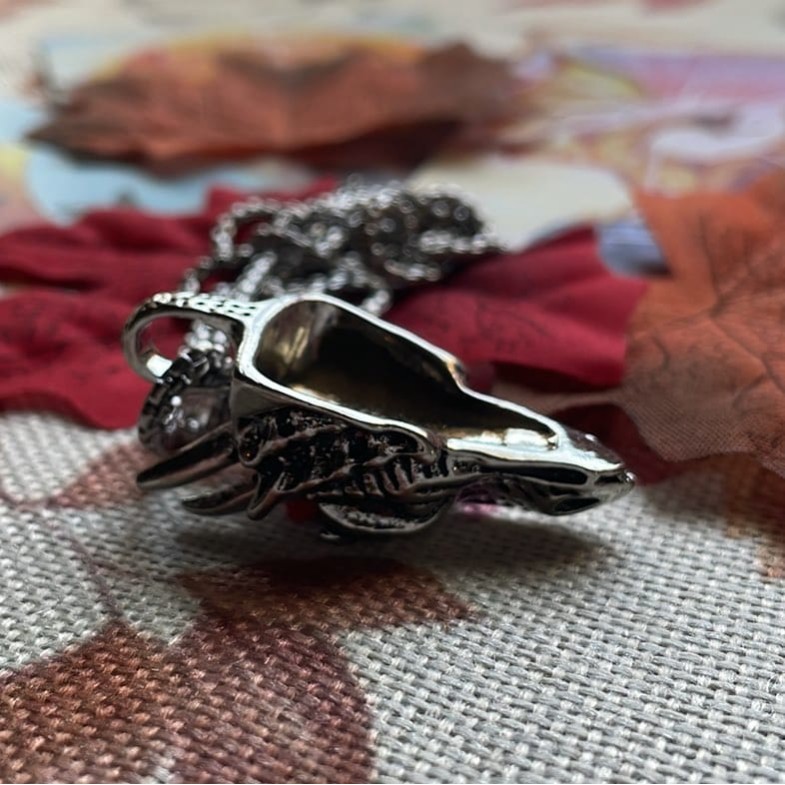







Ask a Question About This Product
- Stock: 3
- Model: K-DragonHead
- Categories: Dragons
A very detailed and regal dragon head cast in stainless steel with 60 cm long (23") stainless steel chain. Invite the energy of the dragons into your life with this unique piece, suitable for both men and women.
The dragon head portion measures approximately 0.784 inches (19 mm) x 1.69 inches (43 mm).
Below is a very brief history of dragons and their significance in various cultures around the world since time immemorial.
•Dragons
are mythological creatures found in many different cultures around the
world, each with its unique depiction and symbolism.
•In Chinese culture, dragons symbolize power, strength, and good luck, and they are often depicted as benevolent.
•European dragons are typically portrayed as malevolent creatures, guarding treasures or threatening kingdoms.
•Dragons are often depicted as fire-breathing creatures, a feature mainly found in Western mythology.
•In Eastern mythology, dragons are commonly associated with water, rain, and storms.
•The word "dragon" comes from the Greek word "drakon," which means "serpent" or "giant seafish."
•Different cultures have different names for dragons, like "Ryū" in Japan and "Long" in China.
•Some medieval texts describe dragons as having a venomous bite or poisonous breath.
•The belief in dragons was so strong in medieval times that maps often marked unexplored territories with "Here be dragons."
•In many myths, dragons are depicted as wise creatures who speak and can be reasoned with.
•In Norse mythology, the dragon Nidhogg gnaws at the roots of Yggdrasil, the world tree.
•The Aztec god Quetzalcoatl is often depicted as a feathered serpent, a dragon-like creature.
•In many Asian cultures, dragons are considered to be benevolent and associated with water and rainfall.
•The dragon is one of the 12 Chinese zodiac animals, symbolizing luck, power, and nobility.
•Medieval European alchemists sometimes used the symbol of a dragon to represent the primal chaos.
•In Hindu mythology, the dragon Vritra was considered a demon of drought and enemy of Indra.
•Welsh folklore features Y Ddraig Goch, the Red Dragon, a symbol of Wales.
•In Slavic mythology, the dragon Zmey Gorynych often has three heads and spits fire.
•Japanese dragons, or Ryu, are generally considered to be water deities, associated with rainfall and bodies of water.
•In Middle Eastern mythology, dragons were often depicted as large, serpent-like creatures, such as in the Epic of Gilgamesh.





























